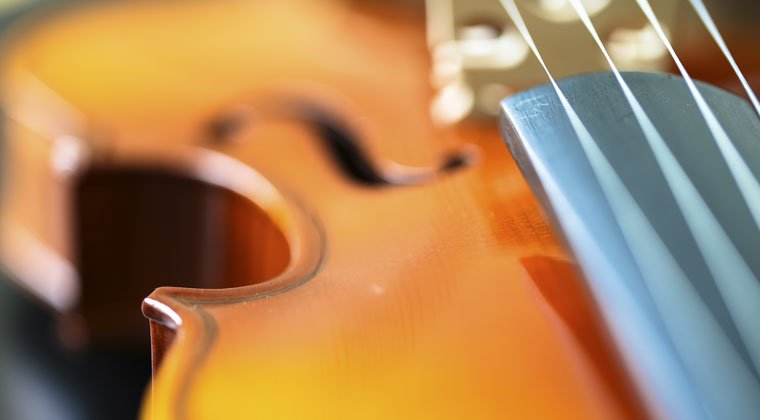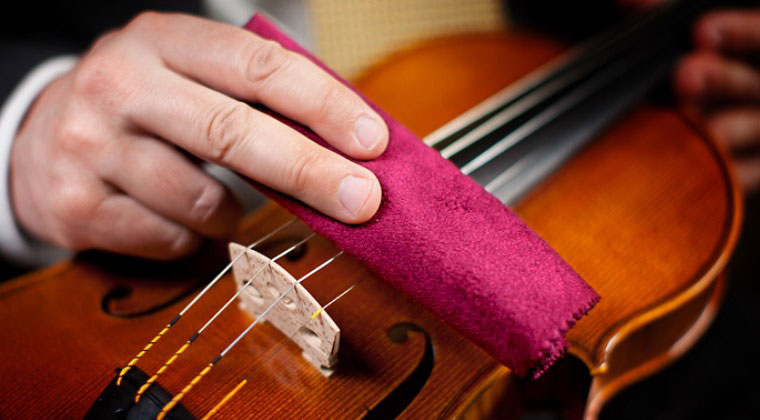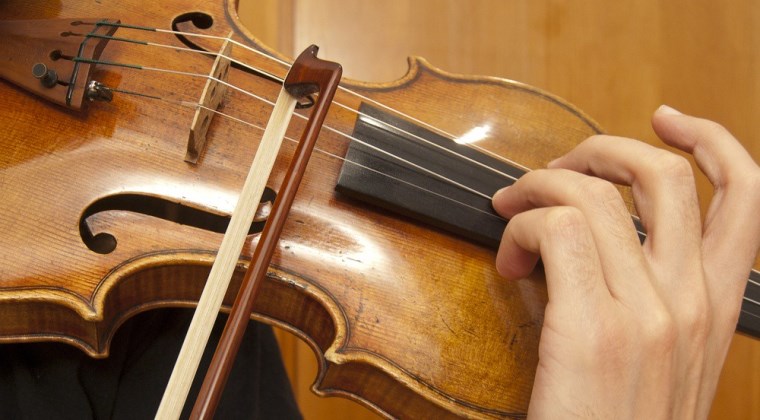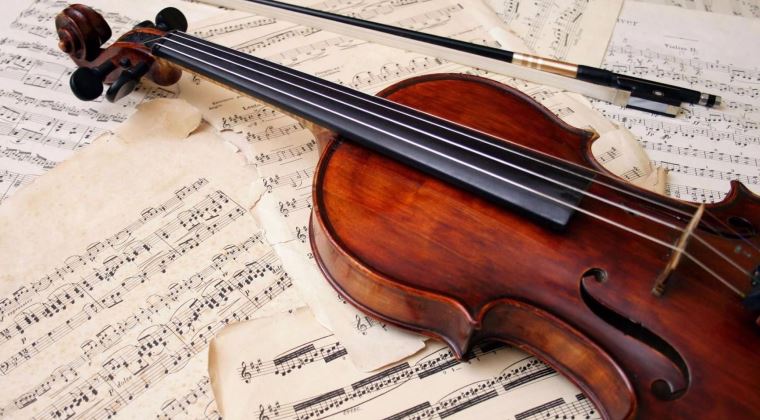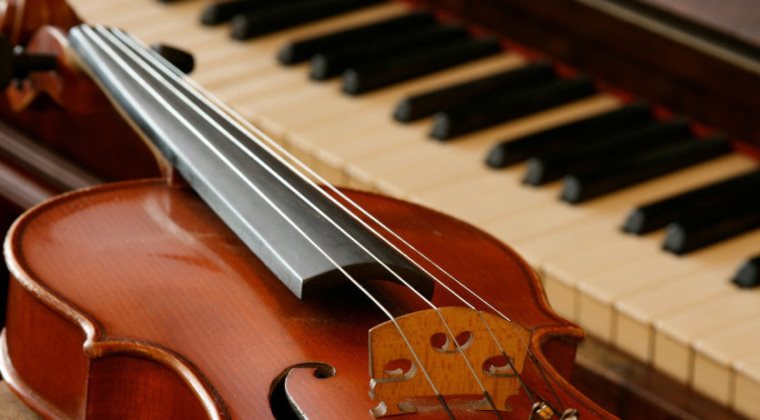IN What order to change my violin Strings?
HERE is only one hard and fast rule when it comes to changing your violin strings:
Do not remove all the strings at the same time. The tension between the strings, wound between the tuning pegs and the tailpiece, is required for the violin to hold itself together. Removing all of the strings at once can cause the bridge and or the sound post to collapse.
The only time all of the strings would be removed at the same time would be to facilitate a repair or necessary bodywork, in which case you should always insert a soft, clean cloth between the fingerboard and the sound post to prevent it from collapsing.
If a string happens to snap or break in the middle of a performance, don’t panic. Simply replace the string in question and then you can proceed with changing out the rest of the strings after the concert. Over time, replacing a string happens in a matter of seconds. In the beginning, however, it’s best to work patiently and methodically through the steps required to replace your strings, so everything is done correctly.
MOST VIOLINISTS CHANGE THEIR STRINGS FROM G TO E
You’re welcome to change your strings in any order you choose, one at a time – but most violinists opt to change their strings starting with G and making their way up to the E string. This allows for a clear, methodical process with more balanced tension across the bridge.
Strings are always wound over the peg, with the string loops winding nice and neat, parallel to each other. If they are wound over one another, or they become pinched between the edges of the winding and the side of the pegbox, it can damage your pegbox, and strings will wear and/or break more frequently.
DON’T FORGET TO SAVE THE OLD STRINGS
It’s a great idea to save any of your old strings that aren’t broken. Coil them neatly and put them into an envelope, marked with the date you removed them. If a string snaps right before or in the middle of a performance, you have immediate access to already-broken-in strings. After the concert is over, you can worry about whether or not you need to replace the string with a brand new version or whether all four strings are ready for replacement.
